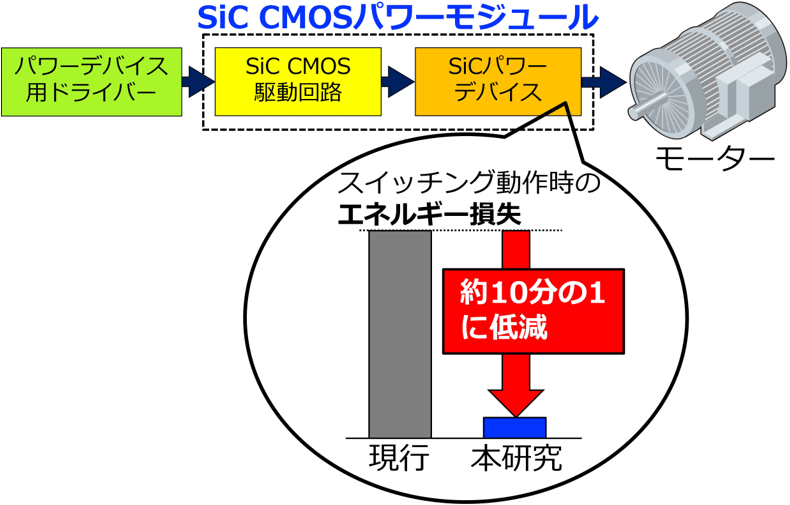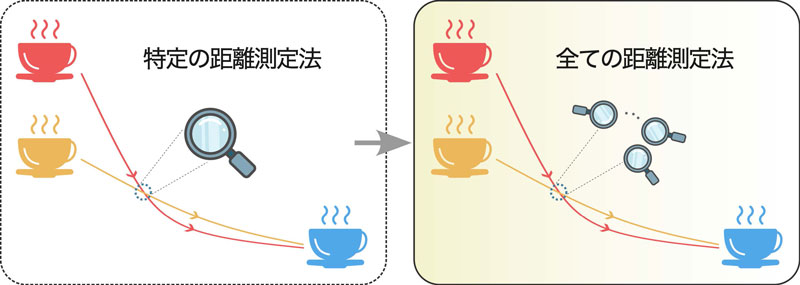2025-03-11 産業技術総合研究所
<関連情報>
- https://www.aist.go.jp/aist_j/press_release/pr2025/pr20250311/pr20250311.html
- https://onlinelibrary.wiley.com/doi/10.1002/we.70003
むつ2020走査型LiDAR実験: 近海風計測のためのデュアル・シングルスキャニングLiDARシステムの比較 Mutsu 2020 Scanning LiDAR Experiment: Comparison of Dual and Single Scanning LiDAR Systems for Near-Shore Wind Measurement
Susumu Shimada, Tetsuya Kogaki, Mizuki Konagaya, Toshinari Mito, Takeshi Misaki, Kohei Hamada, Ryuzou Araki, Shizuka Ohhata, Yuko Ueda, Teruo Ohsawa
Wind Energy Published: 11 March 2025
DOI:https://doi.org/10.1002/we.70003

ABSTRACT
This paper reports the results of a validation experiment on dual and single scanning light detection and ranging (LiDAR) systems for near-shore wind measurements. This experiment was conducted from November 2020 to August 2021 at the Mutsu Ogawara test site for offshore wind measurement in northern Japan. The accuracy of the wind speed and direction measured by dual and single scanning LiDAR systems (DSL and SSL, respectively) was investigated by comparing them with in situ observations by a 60-m meteorological mast located approximately 1.5 km offshore. The accuracy of the SSL was found to be strongly influenced by the wind direction, whereas the 10-min wind speeds and directions obtained by the DSL exhibited good agreement with the meteorological mast observations for all wind directions. In addition, a comparison of the turbulence intensity (TI) showed that the TI obtained by the SSL was significantly lower than that obtained by the cup anemometers, while that obtained by the DSL was in line with the cup observations. The accuracy of the potential annual energy production estimates was finally investigated. The results showed no apparent difference between the DSL and SSL. This long-term experiment indicated that the SSL is suitable for assessing wind resources due to reduced technical and financial constraints in comparison to installing a meteorological mast offshore. However, the DSL would be useful for assessing not only wind resources but also site-specific conditions, as it performed well for the TI measurements.



